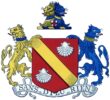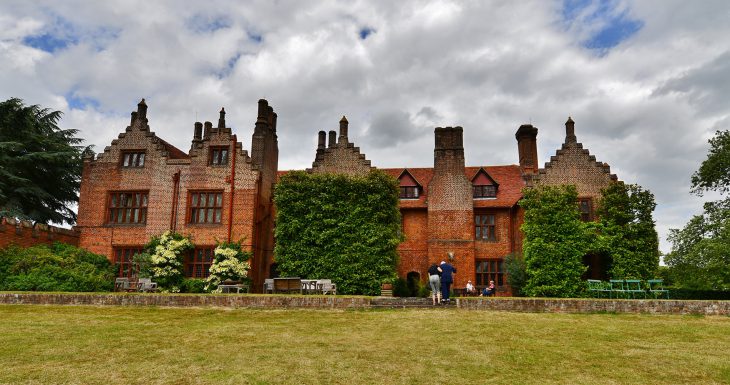
Ingatestone Hall
Ancient brick and timber mansion, abundant with historic detail.
Ingatestone, Essex, CM4 9NR

- Accessible toilets
- Guide dogs welcome
- Accessible parking
In about 950 AD, King Edgar granted to the Abbey of Our Lady & St. Ethelburga at Barking lands at Yenge-atte-Stone (whence we get the modern name of Ingatestone). As one of the principal manors held by the nuns of Barking, it subsequently also became known as Gynge Abbes. In 1535, Henry VIII ordered his Chief Secretary, Thomas Cromwell, to put in train the process that was to lead to the Dissolution of the Monasteries. Cromwell’s Proctor or assistant, a young lawyer from Devon called William Petre, had the job of visiting the monastic houses of Southern England to draw up a record of their possessions and to persuade them to surrender to the King.
Among the abbeys he visited was that of Barking and he was immediately attracted by its manor of Ynge-atte-Stone and took a lease of the property. One of the attractions was, no doubt, its Latinised name – Ginge ad Petram – which made it sound as though it had belonged to the family for centuries. In 1539, the lands of Barking Abbey having been surrendered to the Crown, Dr. Petre purchased the manor for its full market price of £849 12s 6d. This transaction, together with the purchases and grants of other former monastic lands, could well have been construed as the plundering of Church property but a Bull of Confirmation issued by Pope Paul IV exonerates Petre from any such charge and absolves him from the Interdict of Excommunication imposed on Henry VIII provided that he endowed an almshouse foundation for the poor. The almshouses he accordingly founded may still be seen (though not on their original site) in Ingatestone High Street.
Petre considered the old steward’s house at Ingatestone “scarce mete for a fermor to dwell on” and so he demolished it, building instead, on the same site, the house we substantially see today – “very fair, large and stately, made of brick and embattl’d”. This house was in the form of a hollow square and, thanks to Petre’s contacts with the monasteries, for whom all the most able architects worked, of very advanced design for the time. It is one of the very earliest domestic buildings to have had a piped water supply and flushing drains, fed from springs which continued to supply the house until only about ten years ago. Nevertheless, it was hardly modern plumbing by today’s standards; in Thomas Larke’s 1566 survey of the house, all the main bedrooms contain a “little room within” equipped with a “close stool”.
Following the Second World War, during which the house was used by the girls of Wanstead School, it soon became apparent that the days of keeping a house of this size fully staffed and utilised were past and so, in the 1950s, the North wing was let to Essex County Council for use by the Record Office. This arrangement continued until the end of the 1970s and, during this time, many thousands of Essex schoolchildren visited the annual exhibitions that were mounted there.
- Accessible toilets
- Guide dogs welcome
- Accessible parking
